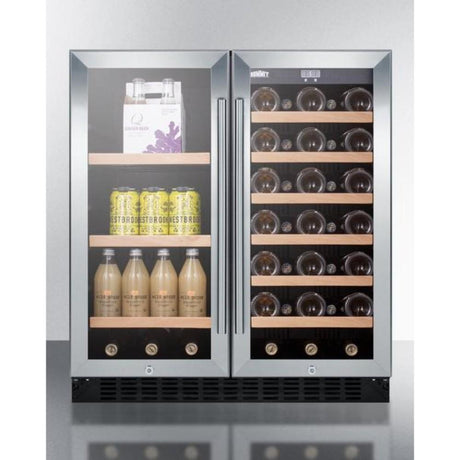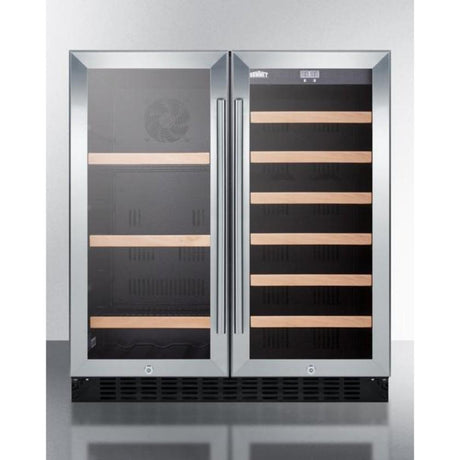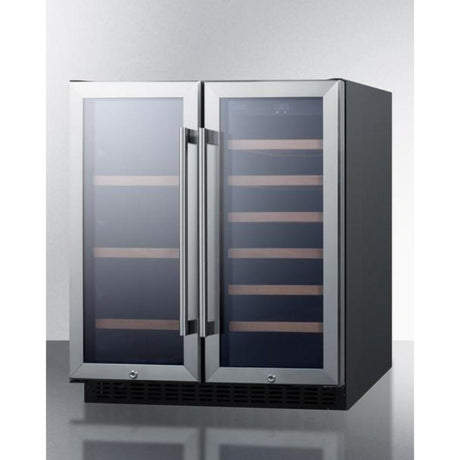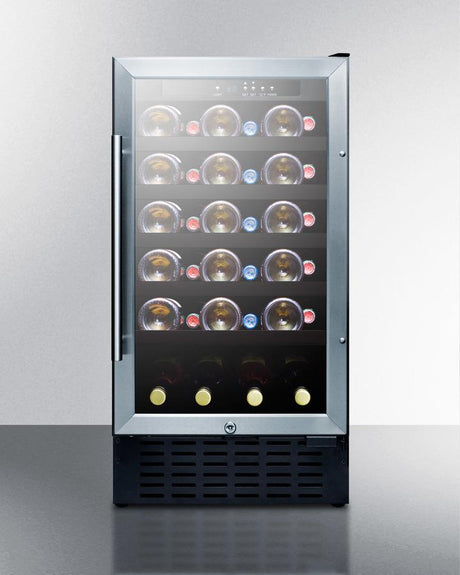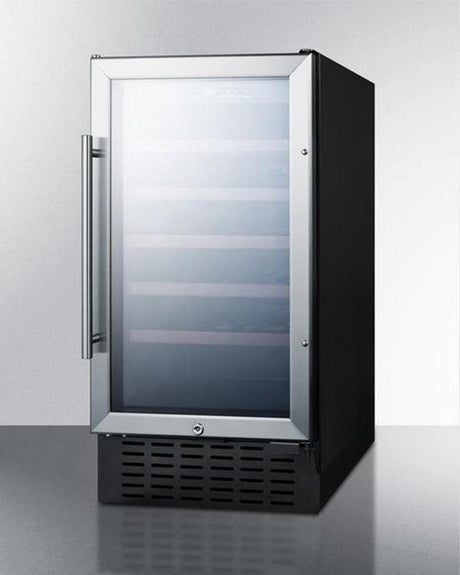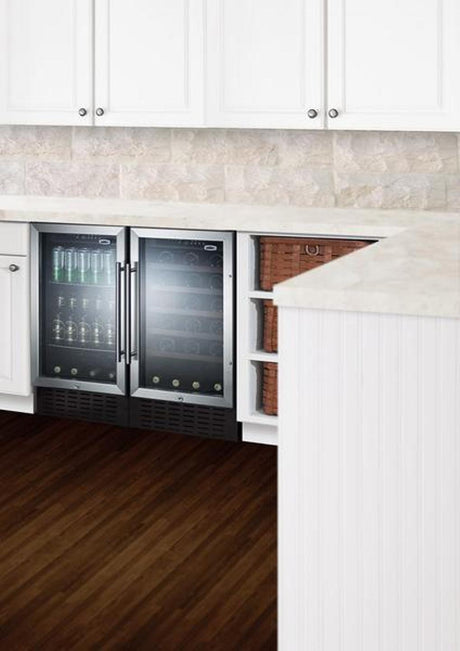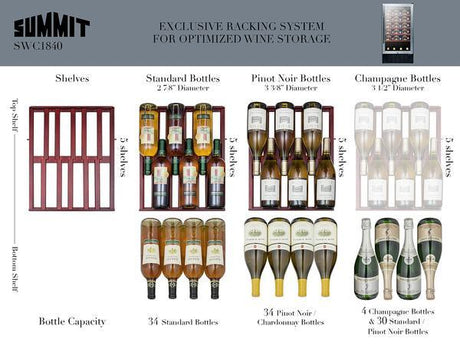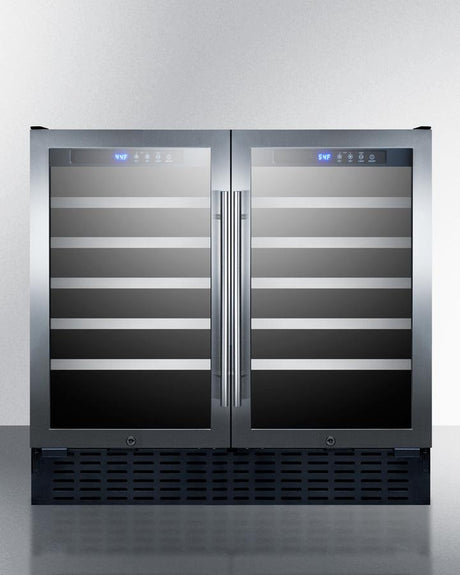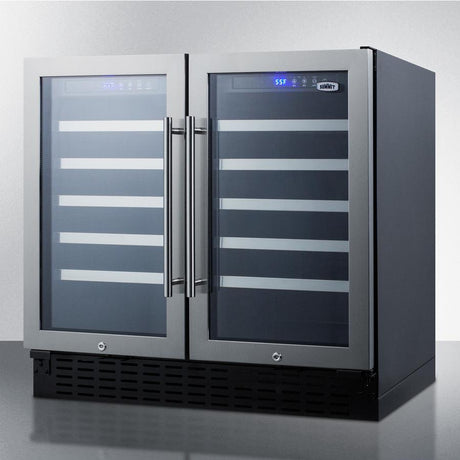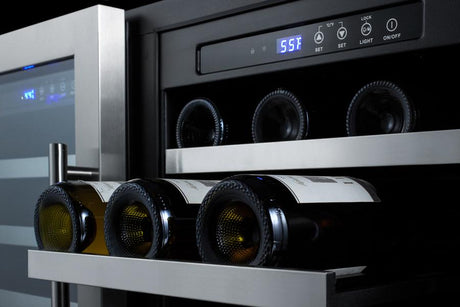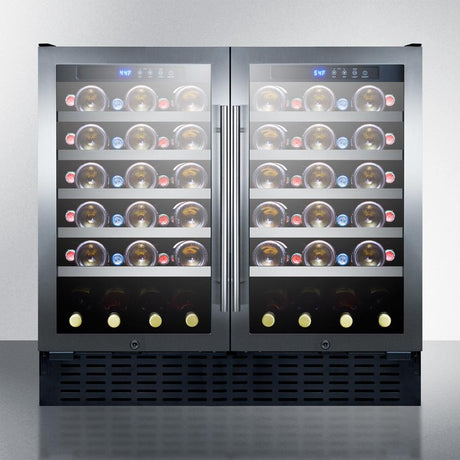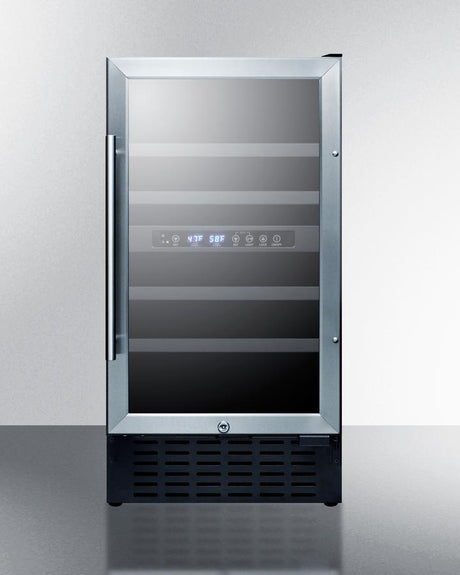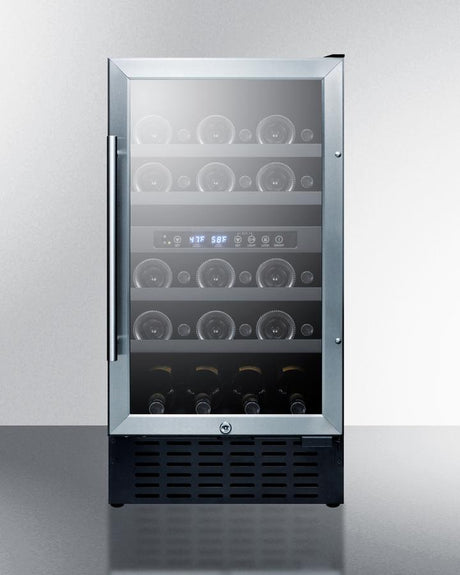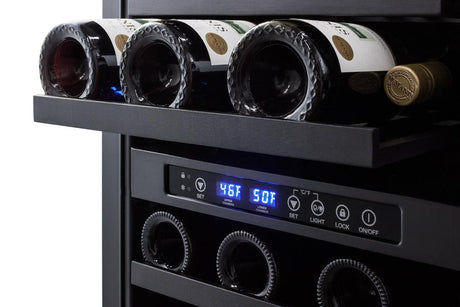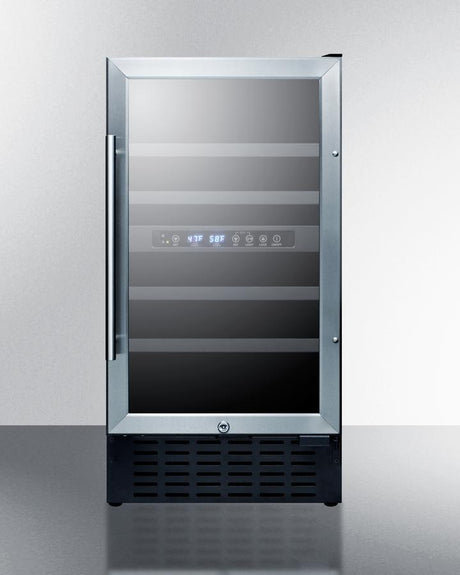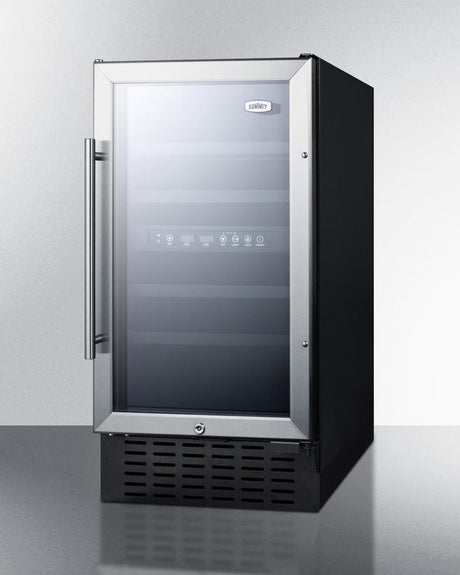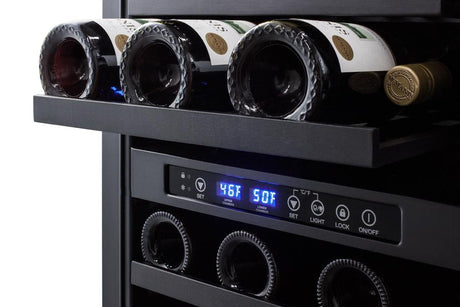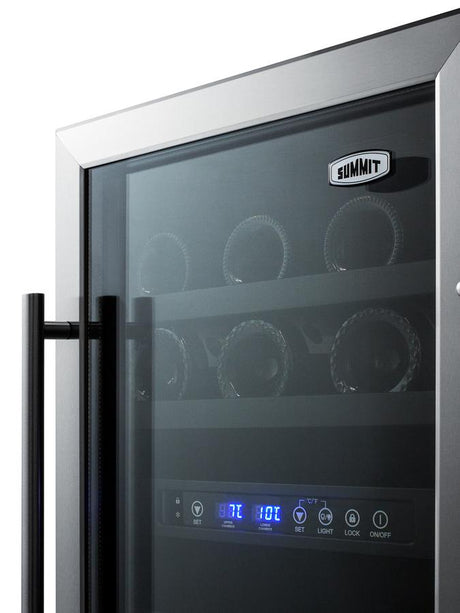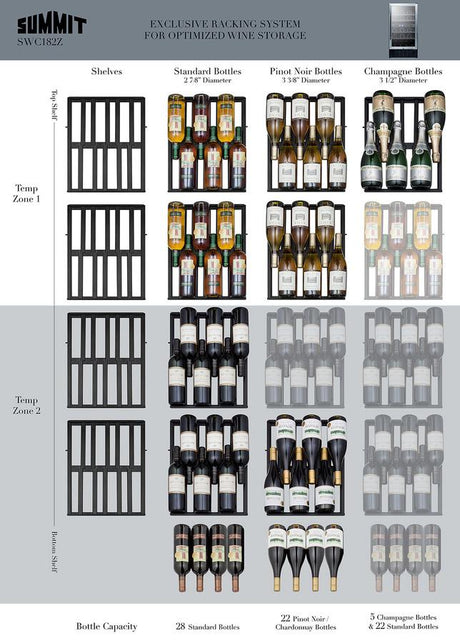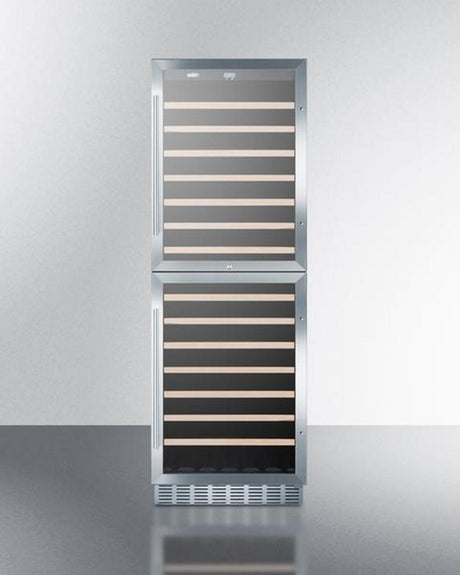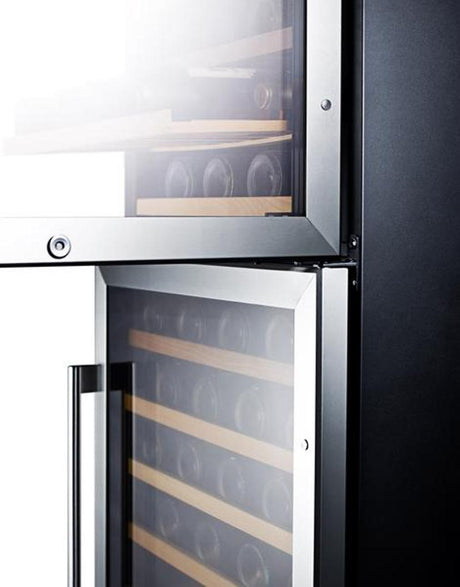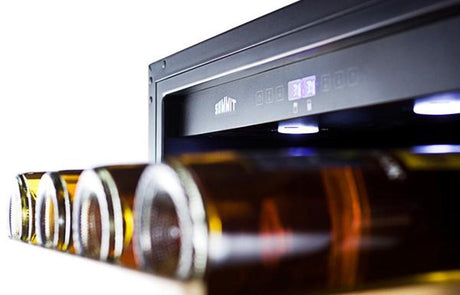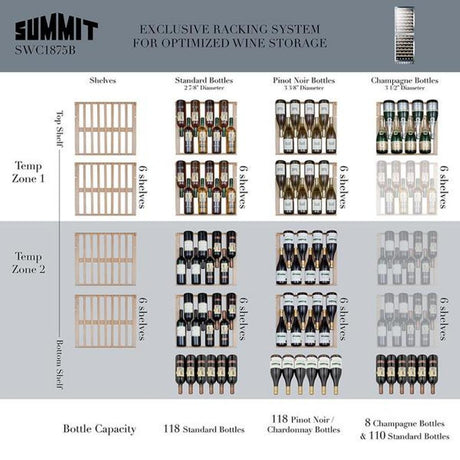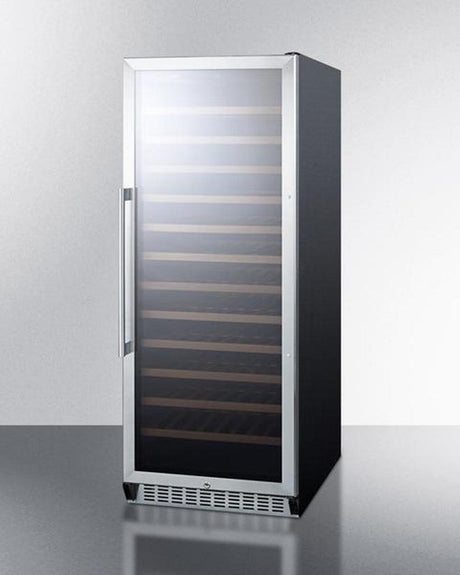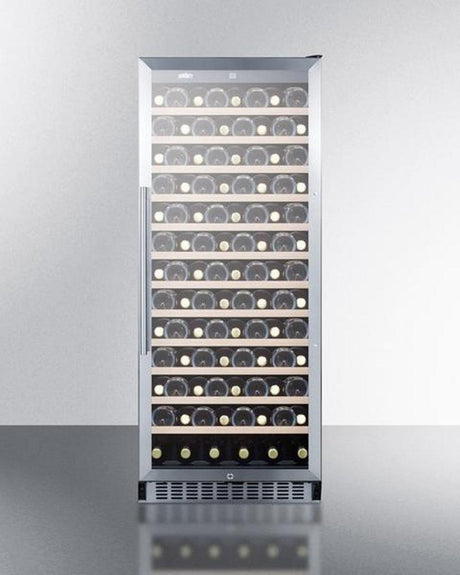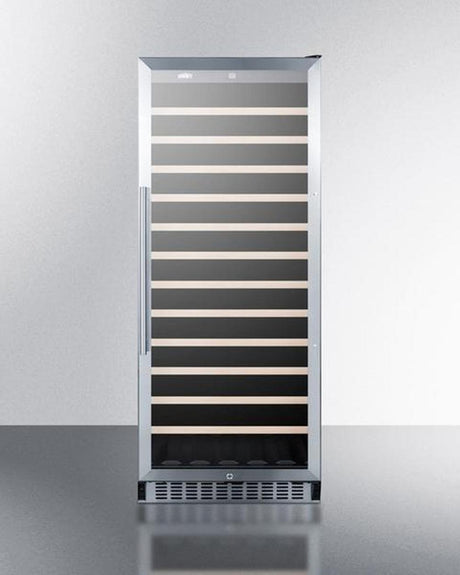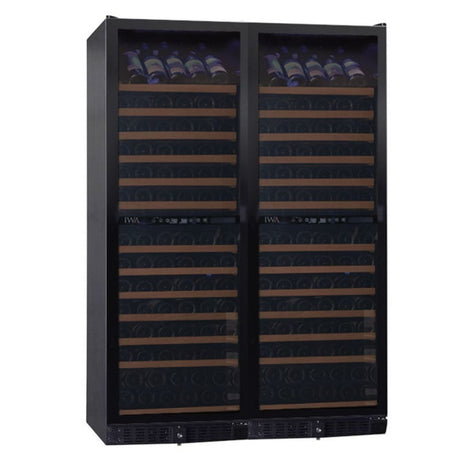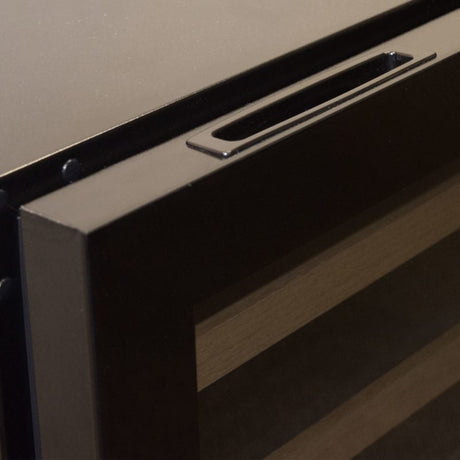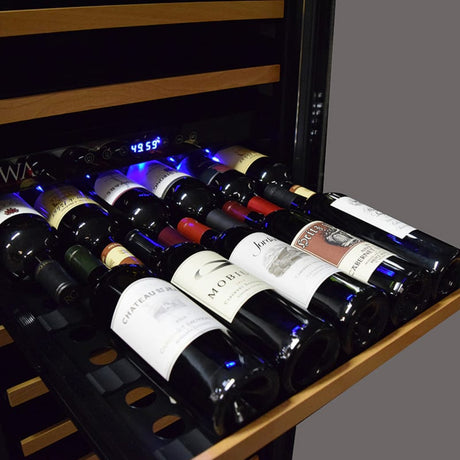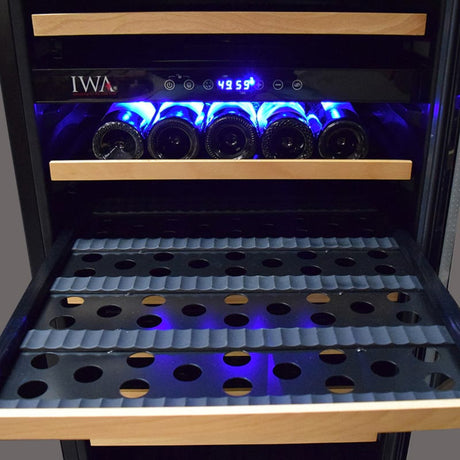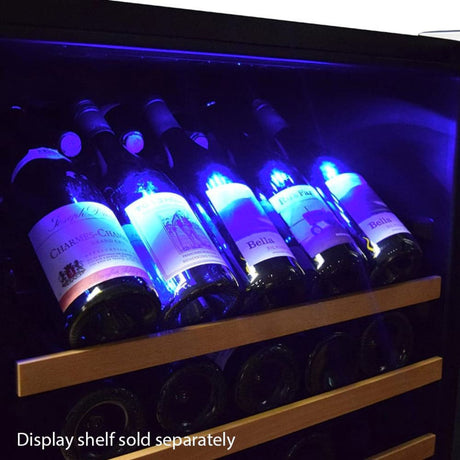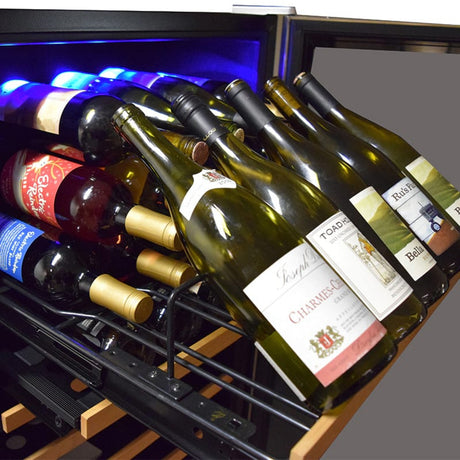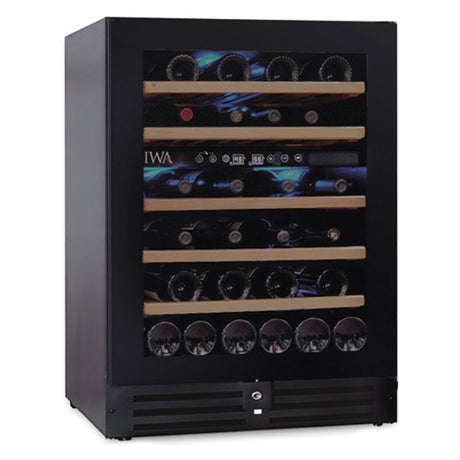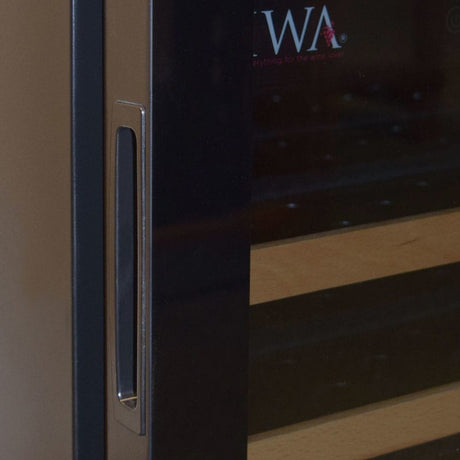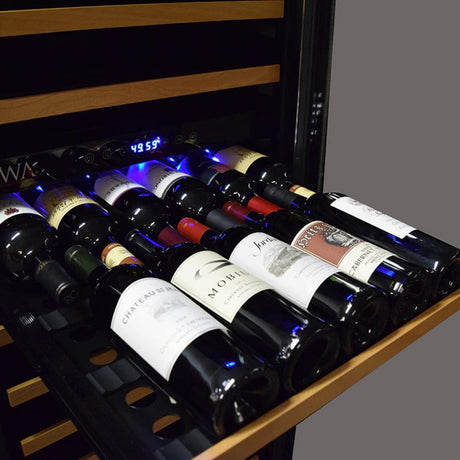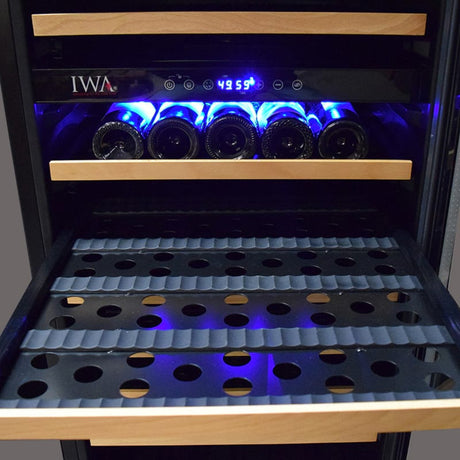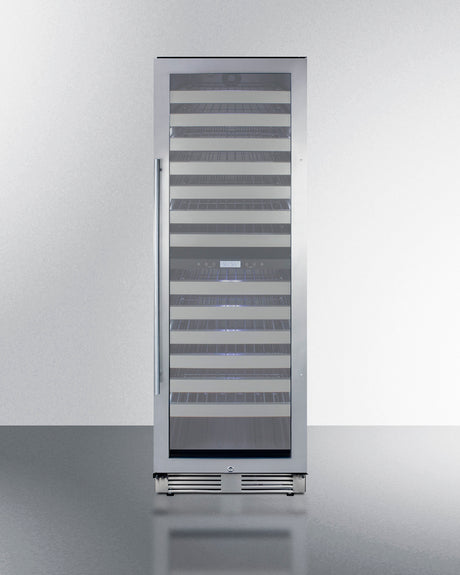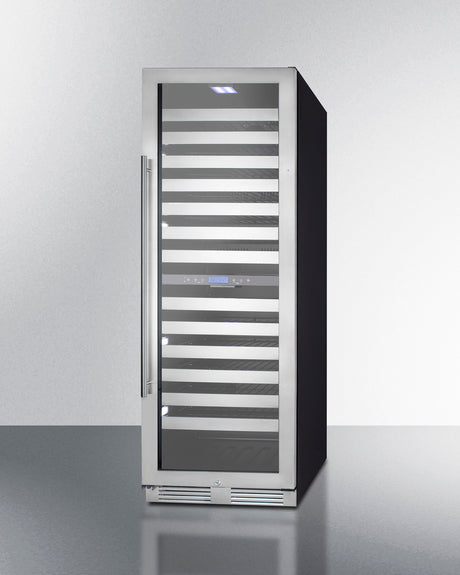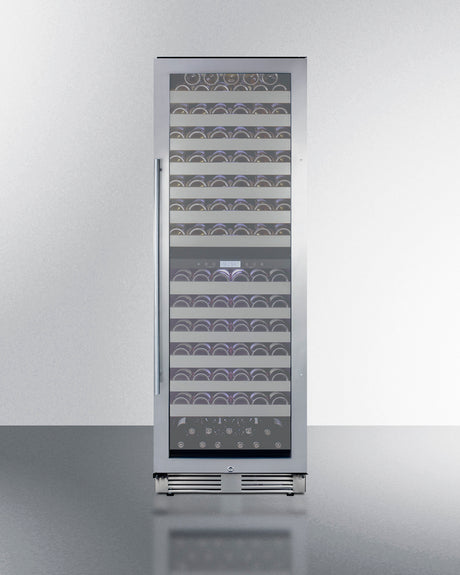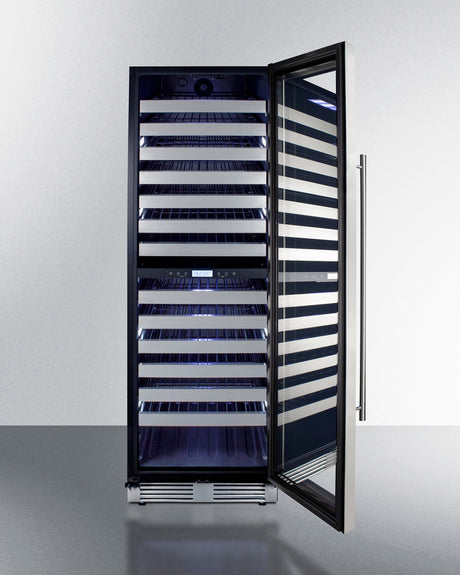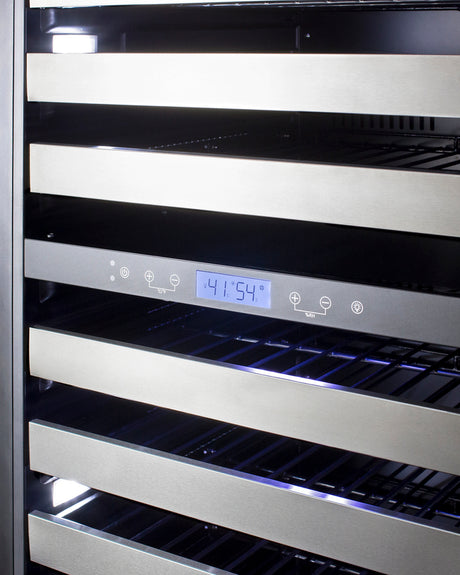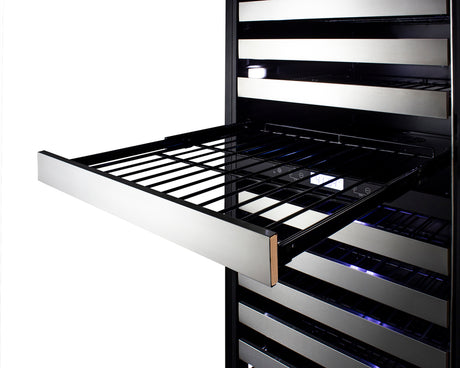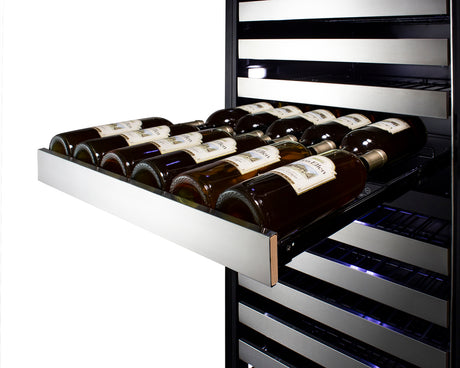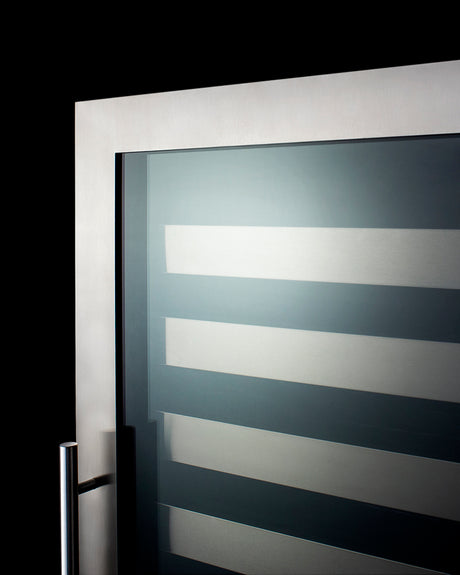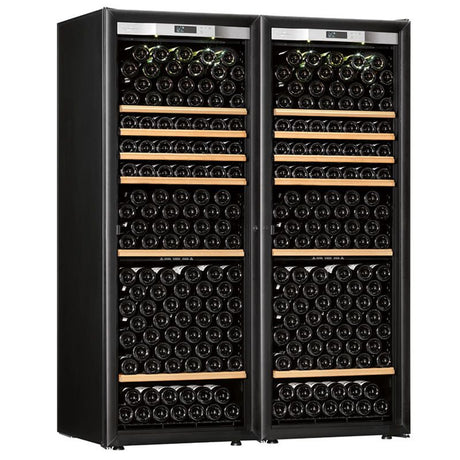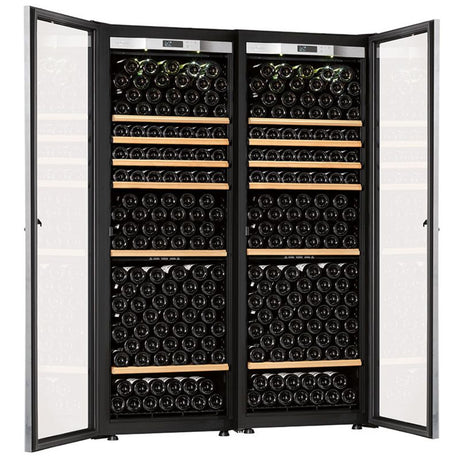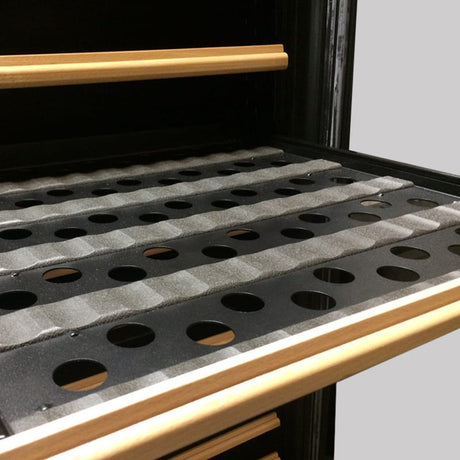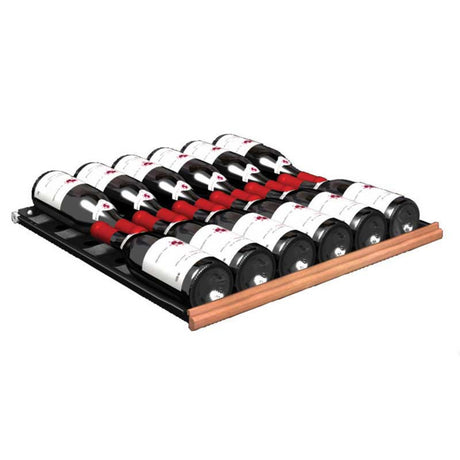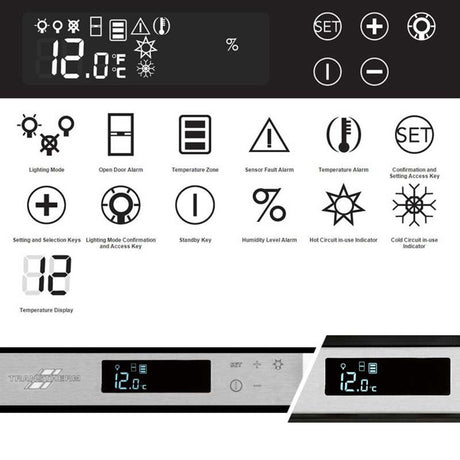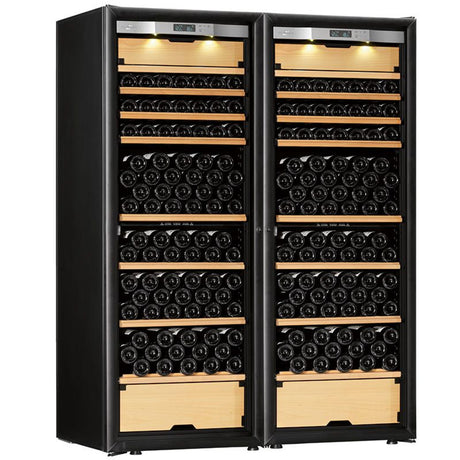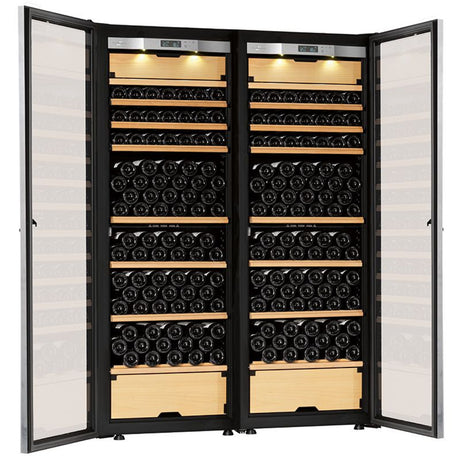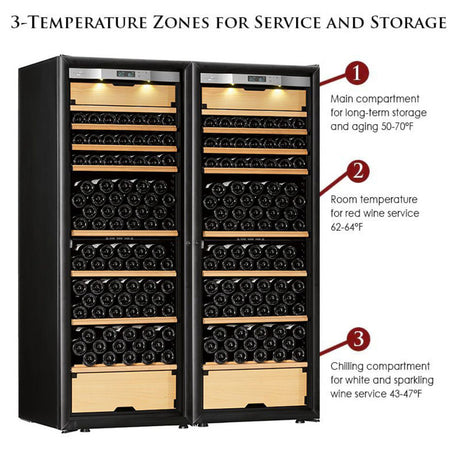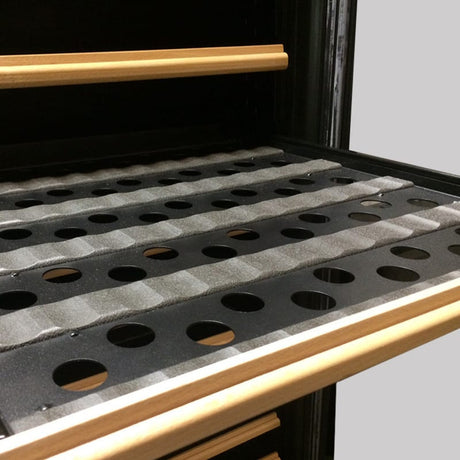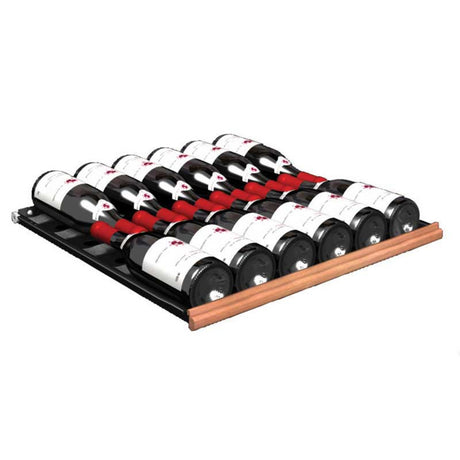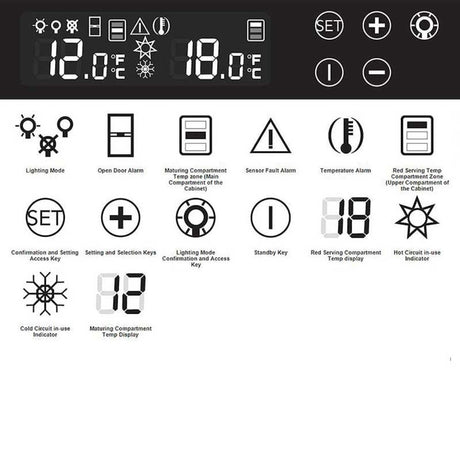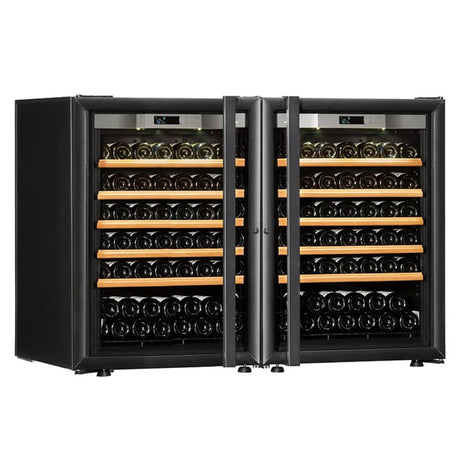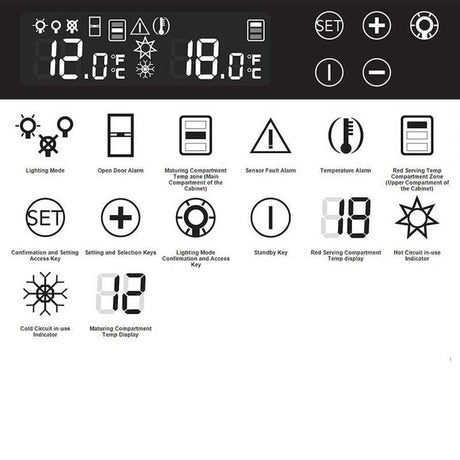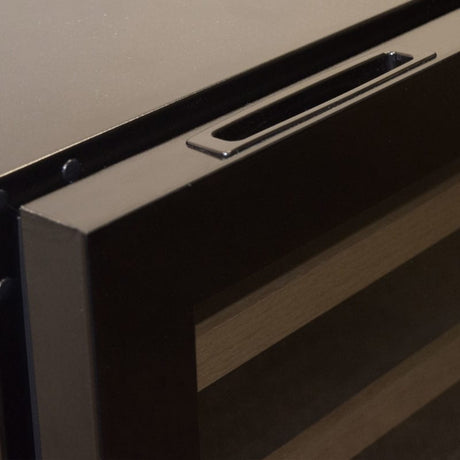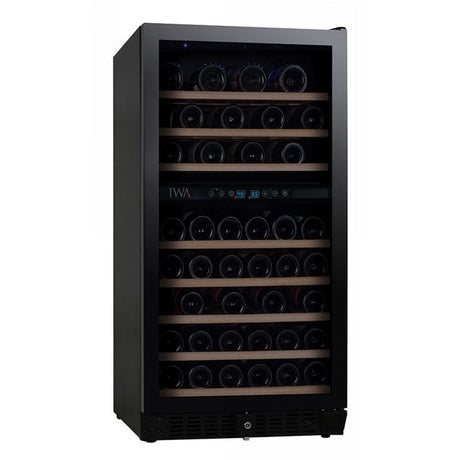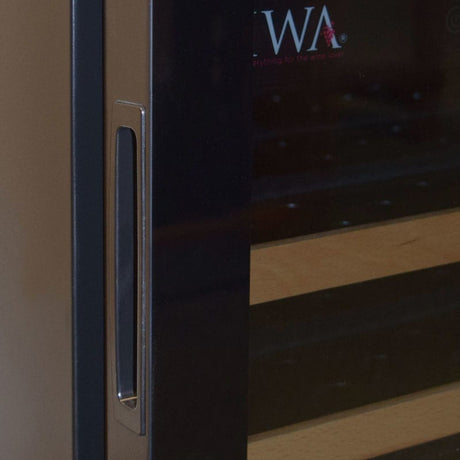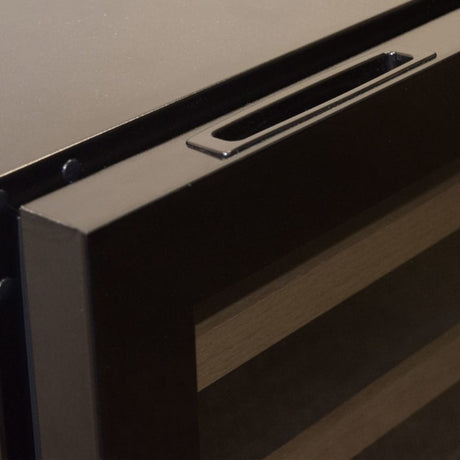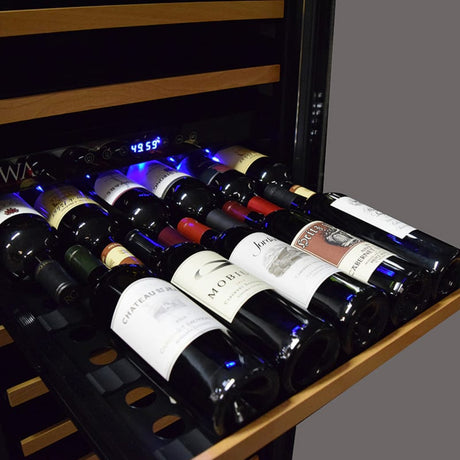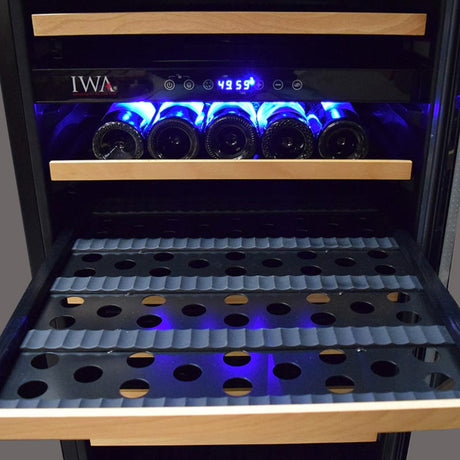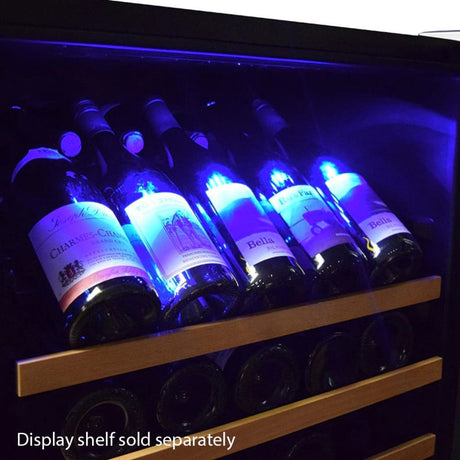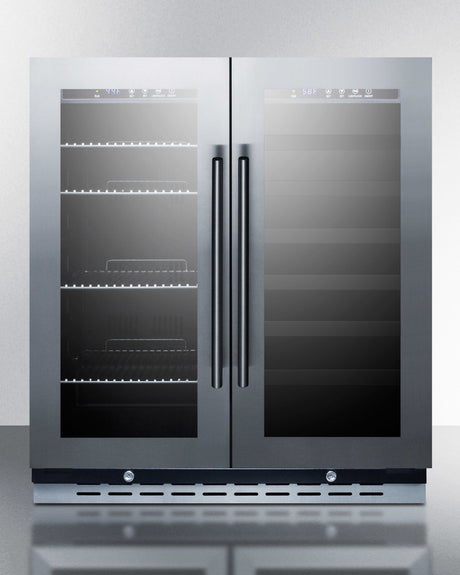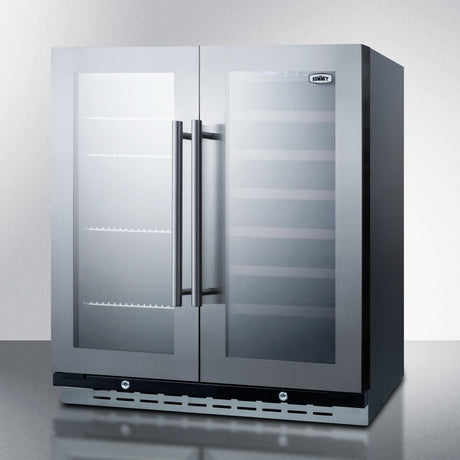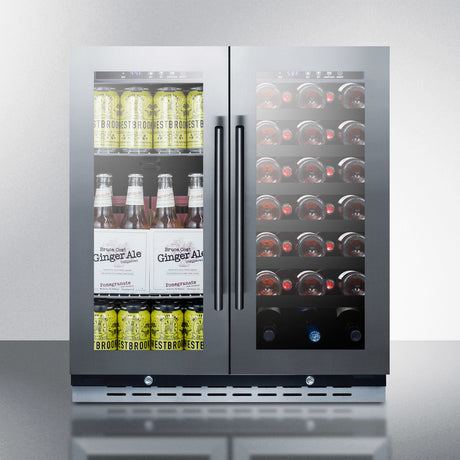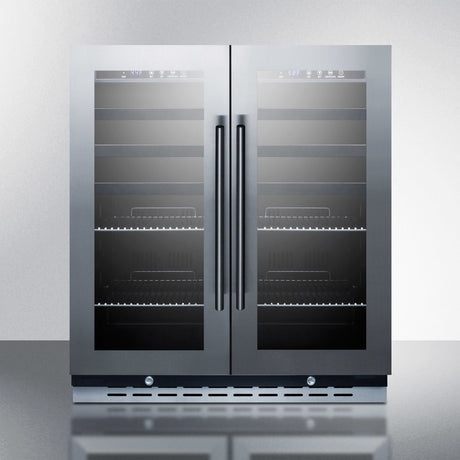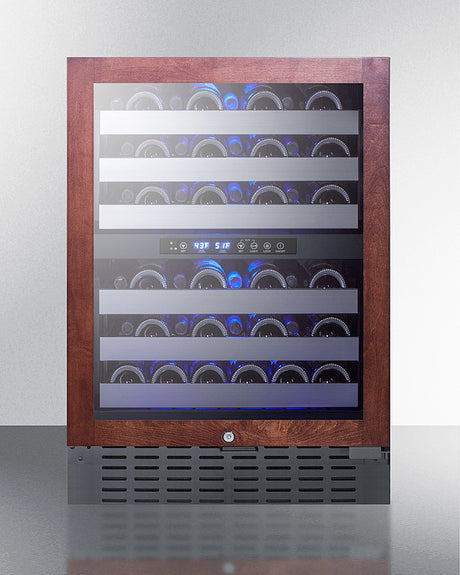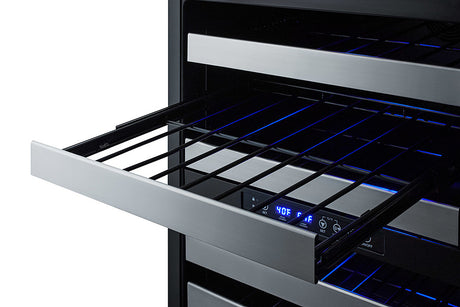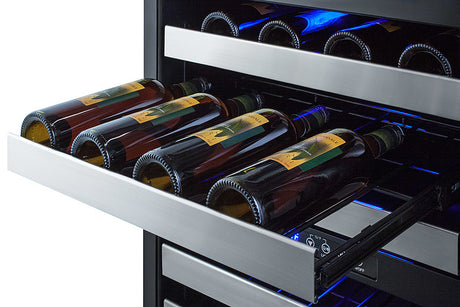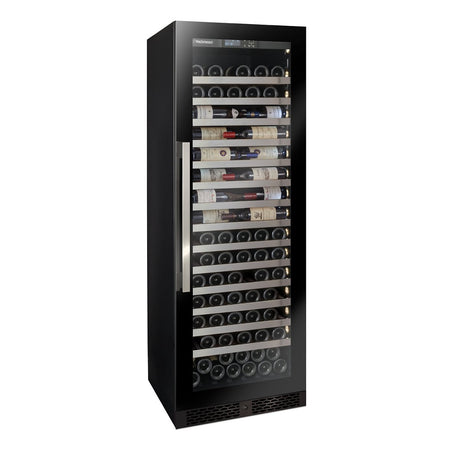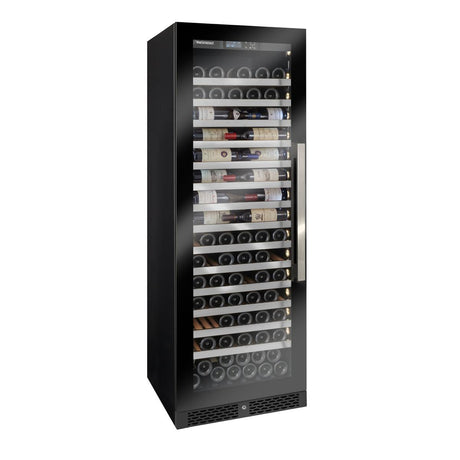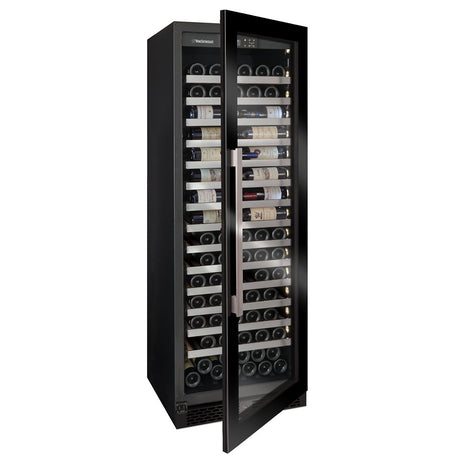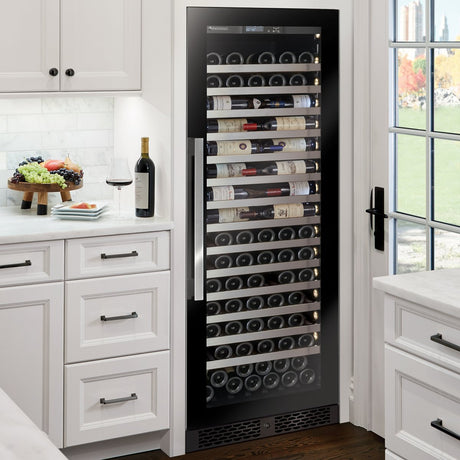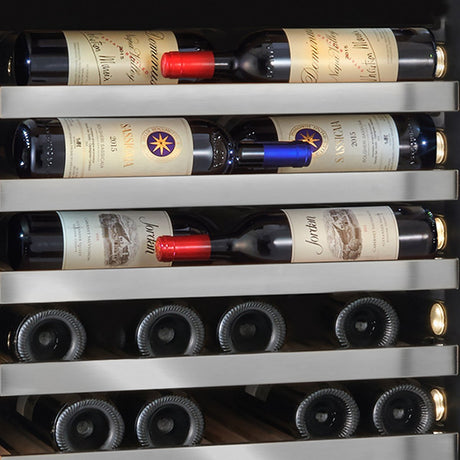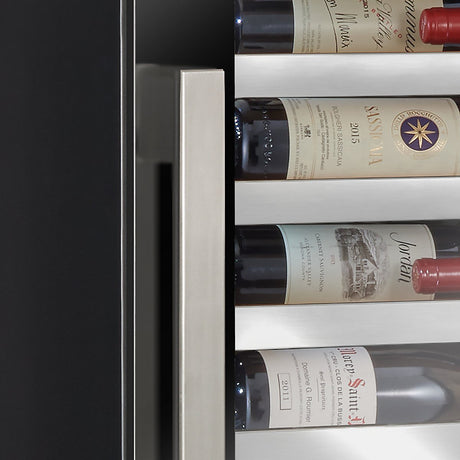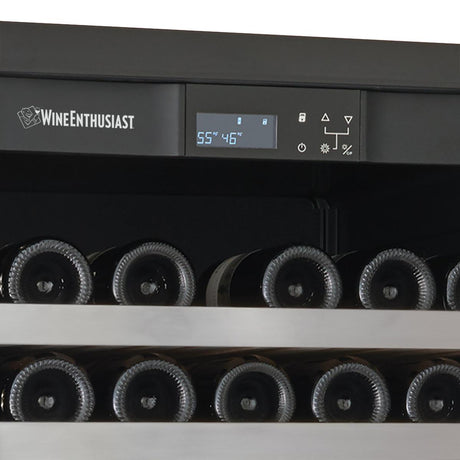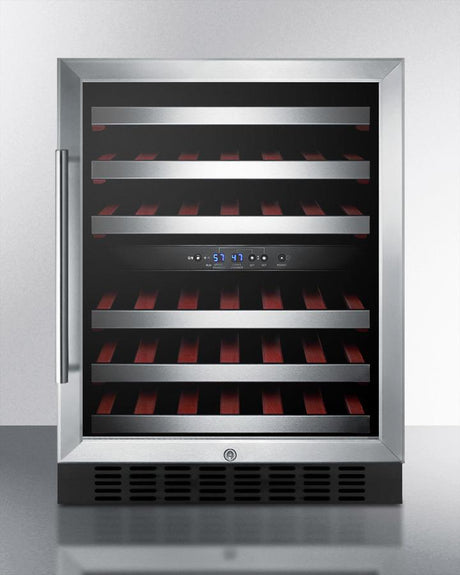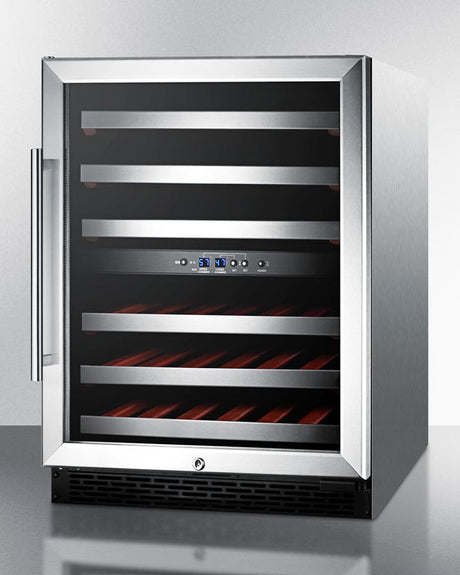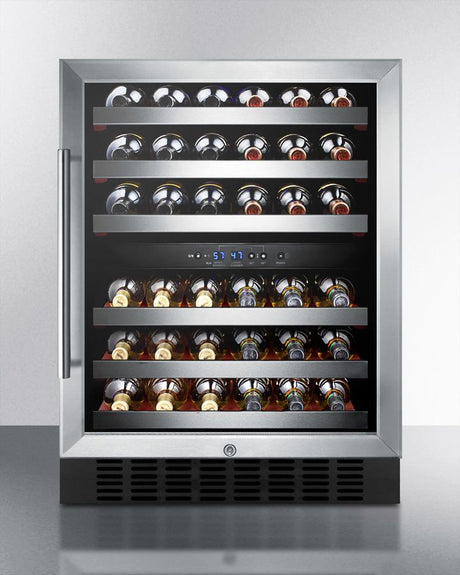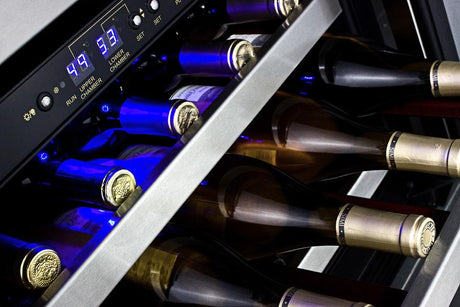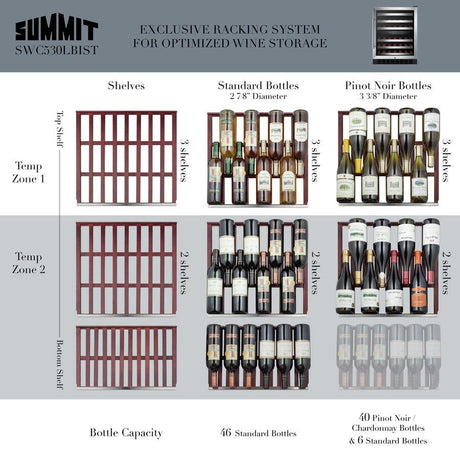-
-
-
-
-
-
Sold out
-
-
-
-
-
-
-
-
-
-
-
-
-
-
Sold out
-
🍇 Understanding Wine Coolers: The Essentials
A wine cooler is a specialized refrigeration unit designed to store wine at ideal temperatures (typically between 45-65°F) and humidity levels. Unlike regular refrigerators, wine coolers create the optimal environment for preserving wine's complex flavors and aromas by effectively managing temperature fluctuations and maintaining a consistent temperature.
Why Proper Wine Storage Matters
Wine is sensitive to its environment. Proper storage conditions are crucial to store wines under ideal conditions, ensuring they maintain their quality and taste. The right storage conditions protect your investment by:
- 🍷 Maintaining flavor integrity - Prevents premature aging or "cooking" of wine
- 🍷 Preserving aroma profiles - Keeps delicate scents intact
- 🍷 Protecting against spoilage - Reduces risk of oxidation and cork damage
- 🍷 Enabling proper aging - Allows wines to develop their full potential
For anyone who enjoys wine regularly or collects bottles for special occasions, a dedicated wine cooler is a practical addition to your home.
🔍 Types of Wine Coolers: Finding Your Match
⭐ Choosing the Best Wine Fridge Cabinet
Choosing the best wine fridge can be a daunting task, especially for casual wine drinkers. However, with the right guidance, anyone can find the perfect wine fridge for their needs. When selecting a wine fridge, consider factors such as temperature control, humidity levels, and storage capacity.
Dual-zone wine fridges are ideal for storing different types of wine at separate temperatures, while single-zone fridges are suitable for storing a single type of wine. Look for wine fridges with advanced features such as blue LED lighting, UV-resistant glass, and adjustable shelves to enhance your wine storage experience.
🛠️ Key Features That Make a Difference
When comparing wine coolers, these features have the most significant impact on performance and usability:
Temperature Control
- ✓ Digital temperature controls provide precise settings
- ✓ Temperature memory restores settings after power outages
- ✓ Ideal temperature is crucial for storing and serving wine
- ✓ Temperature range should accommodate your preferred wines
Protection Features
- ✓ UV-resistant glass doors shield wine from harmful light
- ✓ Anti-vibration systems prevent disturbance of wine sediment
- ✓ Security locks protect valuable collections
- ✓ Quality construction ensures durability and dependability
Design Considerations
- ✓ Adjustable shelving accommodates different bottle sizes
- ✓ Display shelves showcase special bottles
- ✓ LED lighting provides visibility without heat or UV exposure
- ✓ Reversible doors offer flexible placement options
- ✓ Wooden shelves absorb vibrations and provide sturdiness
📏 Cabinet Capacity Planning: Right-Sizing Your Wine Cooler
Selecting the appropriate size is crucial for both current needs and future growth:
🌡️ Wine Storage Temperature Guide
Different wines show their best qualities at specific temperatures. Maintaining specific storage temperatures for different types of wine is crucial to ensure optimal quality. Certain wines, such as reds and whites, have distinct temperature needs, and using dual-zone wine refrigerators can cater to these varying requirements.
⏳ Storing Wine Long-Term
Storing wine long-term requires careful consideration of temperature, humidity, and light exposure. Wine ages over time, and proper storage conditions can help slow down the aging process. A wine fridge with precise temperature control and humidity levels can provide the ideal environment for long-term wine storage.
Serious wine collectors and enthusiasts should invest in a high-quality wine fridge with features such as temperature zones, humidity control, and vibration reduction. Regular maintenance and monitoring of the wine fridge are also crucial to ensure optimal storage conditions.

